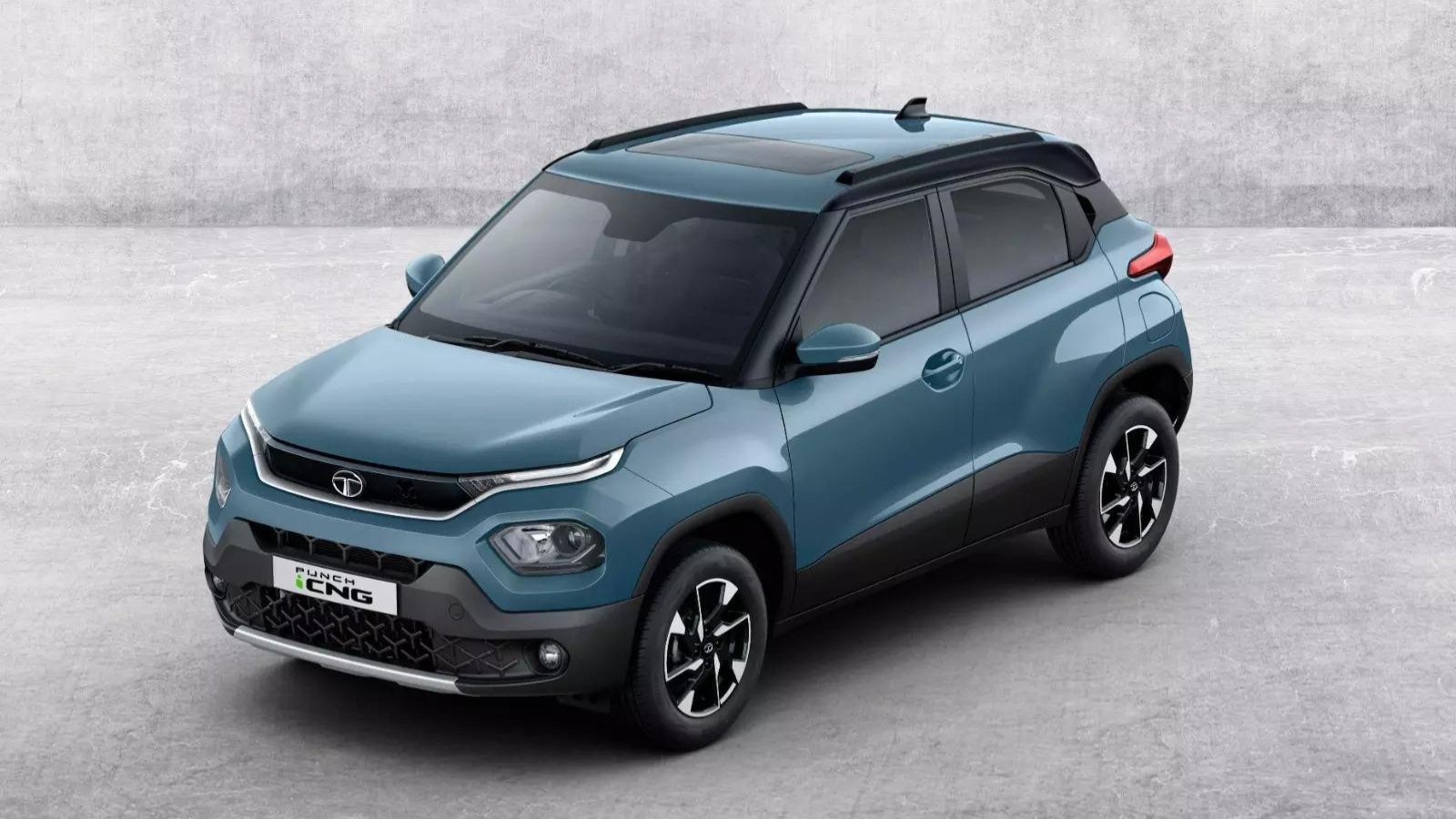Top 5 Cars That Failed to Sell in India in September 2025
The Indian automotive market continues to witness steady growth, driven by increasing demand for affordable hatchbacks, SUVs, and electric vehicles. However, despite the overall growth, certain models fail to attract buyers and record zero sales in specific months. Low-selling models often become a burden for manufacturers and dealers alike, due to unsold inventory and high costs associated with import or production. In September 2025 , several high-profile cars recorded no sales in India, highlighting the challenges of niche positioning and market acceptance.
Kia India’s EV6 facelift, launched in March 2025, is one such model that struggled to gain traction. Priced at Rs. 65.90 lakh (ex-showroom) and sold via the CBU route, the electric SUV did not record a single sale in September 2025. Even with hefty discounts offered by the manufacturer, the EV6 remained out of reach for many potential buyers. Positioned in the low-volume premium electric car segment, it faces stiff competition from multiple brands. Additionally, the high sticker price and limited availability of only a single AWD variant further reduced its market appeal. The EV6’s challenges highlight the difficulties faced by premium EVs in penetrating a market that is still price-sensitive.
Another model from Kia, the flagship EV9, also recorded zero sales during the same period. Launched in October 2024 at Rs. 1.30 crore (ex-showroom), the EV9 is imported as a CBU unit, which makes it subject to high taxation. Its pricing and positioning in a segment dominated by mainstream luxury brands deterred potential buyers. Equipped with a 99.9 kWh battery pack and claiming a range of 561 kilometres on a single charge, the EV9 boasts impressive specifications. However, the combination of high costs and consumer preference for established luxury SUVs contributed to its poor sales performance in India.
Maruti Suzuki’s Ciaz, a long-standing sedan, was officially discontinued earlier this year in April 2025, with production ending in March. Despite limited inventory still being available at dealerships, the Ciaz recorded zero sales in September 2025. Launched in 2014 and updated with a mid-life facelift in 2018, the Ciaz struggled as sedan sales continued to decline in India. The shrinking market for sedans and changing consumer preferences towards compact SUVs and hatchbacks made it difficult for Maruti Suzuki to justify continued production, leading to its discontinuation.
Nissan’s X-Trail, launched in August 2024 at Rs. 49.92 lakh (ex-showroom), also failed to find buyers in September 2025. The high sticker price, combined with limited imports of just 150 units, impacted its market acceptance. Sold via the CBU route, the SUV remained out of reach for most customers. Earlier in the year, the X-Trail was offered at a substantial discount of over Rs. 20 lakh through premium used car dealerships, but even this failed to generate significant interest. The low-volume nature of the model and high pricing were key factors behind its zero sales.
Lastly, the Citroen C5 Aircross, launched in April 2021, continued to struggle in the Indian market. Being a relatively new manufacturer with a limited sales and service network, Citroen faced challenges in convincing customers to adopt the C5 Aircross. The mid-size SUV segment in India is highly competitive, with high-selling models like the Hyundai Creta dominating the market. The lack of appealing features and strong competition further impacted the sales of the C5 Aircross, resulting in zero units sold in September 2025.
In conclusion, September 2025 demonstrated that even globally recognized brands and premium models can face significant challenges in India. High pricing, niche positioning, limited variants, and strong competition are key factors that influence sales performance. Manufacturers must carefully align their strategies with local market preferences to ensure sustainable growth and avoid the pitfalls of low-selling models.

Kia India’s EV6 facelift, launched in March 2025, is one such model that struggled to gain traction. Priced at Rs. 65.90 lakh (ex-showroom) and sold via the CBU route, the electric SUV did not record a single sale in September 2025. Even with hefty discounts offered by the manufacturer, the EV6 remained out of reach for many potential buyers. Positioned in the low-volume premium electric car segment, it faces stiff competition from multiple brands. Additionally, the high sticker price and limited availability of only a single AWD variant further reduced its market appeal. The EV6’s challenges highlight the difficulties faced by premium EVs in penetrating a market that is still price-sensitive.
Another model from Kia, the flagship EV9, also recorded zero sales during the same period. Launched in October 2024 at Rs. 1.30 crore (ex-showroom), the EV9 is imported as a CBU unit, which makes it subject to high taxation. Its pricing and positioning in a segment dominated by mainstream luxury brands deterred potential buyers. Equipped with a 99.9 kWh battery pack and claiming a range of 561 kilometres on a single charge, the EV9 boasts impressive specifications. However, the combination of high costs and consumer preference for established luxury SUVs contributed to its poor sales performance in India.
You may also like
- Hamas releases hostages: Fate of Bipin Joshi unclear; family waits for good news
- Viksit Bharat Buildathon is nurturing global innovators in school: Dharmendra Pradhan
- How Square Yards Is Turning AI & Data Intelligence Into A Growth Engine
- Kartik Aaryan gets emotional while receiving Filmfare Best Actor Award in front of his parents
- Rs 2.90 crore Mercedes-Benz G 450d launched in India: 3.0-litre diesel engine with 750 nm torque makes it a true beast
Maruti Suzuki’s Ciaz, a long-standing sedan, was officially discontinued earlier this year in April 2025, with production ending in March. Despite limited inventory still being available at dealerships, the Ciaz recorded zero sales in September 2025. Launched in 2014 and updated with a mid-life facelift in 2018, the Ciaz struggled as sedan sales continued to decline in India. The shrinking market for sedans and changing consumer preferences towards compact SUVs and hatchbacks made it difficult for Maruti Suzuki to justify continued production, leading to its discontinuation.
Nissan’s X-Trail, launched in August 2024 at Rs. 49.92 lakh (ex-showroom), also failed to find buyers in September 2025. The high sticker price, combined with limited imports of just 150 units, impacted its market acceptance. Sold via the CBU route, the SUV remained out of reach for most customers. Earlier in the year, the X-Trail was offered at a substantial discount of over Rs. 20 lakh through premium used car dealerships, but even this failed to generate significant interest. The low-volume nature of the model and high pricing were key factors behind its zero sales.
Lastly, the Citroen C5 Aircross, launched in April 2021, continued to struggle in the Indian market. Being a relatively new manufacturer with a limited sales and service network, Citroen faced challenges in convincing customers to adopt the C5 Aircross. The mid-size SUV segment in India is highly competitive, with high-selling models like the Hyundai Creta dominating the market. The lack of appealing features and strong competition further impacted the sales of the C5 Aircross, resulting in zero units sold in September 2025.
In conclusion, September 2025 demonstrated that even globally recognized brands and premium models can face significant challenges in India. High pricing, niche positioning, limited variants, and strong competition are key factors that influence sales performance. Manufacturers must carefully align their strategies with local market preferences to ensure sustainable growth and avoid the pitfalls of low-selling models.









